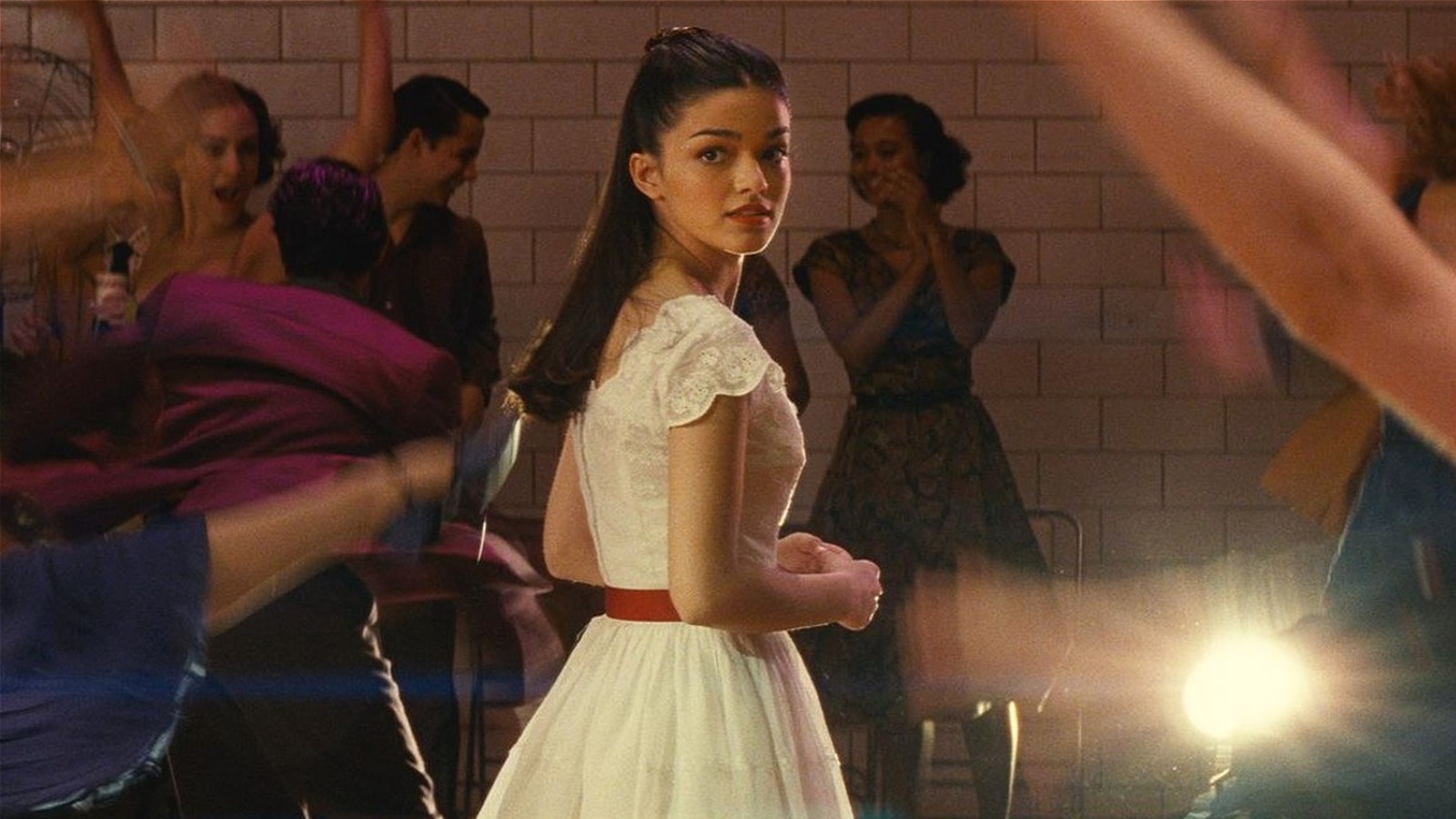But apparently my barb didn't have much effect, perhaps in part because it lacked specifics. Let me redress that by citing my ten biggest pet peeves with Boston-area restaurant website designs, this time calling out a few flagrant sinners (and recognizing a few saints). My examples focus on some of Boston's more expensive and/or popular restaurants, as they have more to lose with a bad website than the neighborhood taquería, and can afford to do better.
Note that my slagging a website doesn't mean I think the restaurant itself is terrible – in fact, I like most of these places, love some of them. Also, I'm aware of my own website's homely design, but I blog for fun, not profit. If a reader thinks, “Damn, MC Slim JB's site is awful: I'm going somewhere else more user-friendly,” I don't lose revenue. Restaurants that repel customers with these fundamental flaws are kissing off potential business:
- Unsolicited music. Landing-page music was a novelty in 1998, an annoyance by 1999: users have hated this stupid trope since the days of the Hamster Dance. For the unwary surfer, it also announces to coworkers that he's researching his evening plans when he should be finishing his TPS reports. Not cool. The culprits are countless, but let's throw Da Vinci and Tapeo under this particular bus.
- A site that doesn't work on smartphones. Blackberries, iPhones, and many other mobile devices (like iPads) don't support Flash, so Flash-based restaurant websites aren't addressing a segment that include many business travelers, well-heeled diners, and other coveted customers. The offenders on this score are also legion; I'll single out two very popular restaurants that are among my favorites but that I'd expect to be hipper to this problem: Toro and Coppa.
- Lack of essential information on the home page. At a minimum, users should see the restaurant's address, phone number, hours of operation, and a link to an online reservation service like OpenTable (if offered) without having to click another link. Better yet, include those basics on every page. Sinners: Meritage, Blue Ginger. Saints: Hungry Mother, Union Bar & Grill.
- Missing menus. It is incredibly useful to see today's actual bill of fare, beer list, cocktail menu, and especially the wine list: I may need to research that perfect bottle. If you don't display all your current menus, at least offer good, representative samples. Miscreant: Olives Boston. Solid citizens: Troquet, Rialto.
- No menu prices. This is critical consumer information: nothing sucks the air out of a dining experience before it starts like sticker shock at the table. In an age where websites like MenuPages are posting scans of your menus online, it's ridiculous not to include prices on your own. Obfuscatory: L'Espalier, Locke-Ober. Transparent: Radius, Hamersley's Bistro.
- Unwieldy navigation controls. Many designs require users to precisely mouse over narrow menu bars or grab little sliders to scroll down the page. Clicking and dragging a slider just to read a menu is annoying even on a laptop with a big screen and mouse, can be painful on a compact netbook, and often doesn't work at all on a smartphone. Patience-tryers: Barbara Lynch venues like Menton, No. 9 Park, and The Butcher Shop.
- Videos and busy animations that force users to wait while every page loads. I expect many users wish they had spare time to admire your web designer's Flash animation skills, but most don't, so stop annoying them. Give them the information they're seeking quickly, without the frippery. Egregious offenders: Strega Boston, Via Matta.
- A menu that requires the user to download a five-megabyte Adobe Reader file. This is more typical of chain outlets and lower-end restaurants that simply scan their print menus rather than coding them in HTML. This is not only glacially slow to load, but can look cheap. Bandwidth hogs: Miel, Skipjack's.
- An online menu design that makes users click on separate links for each course (appetizers, soups, salads, entrees, desserts.) There's rarely a good reason to make anyone click more than once to see the whole dinner menu. Carpal-tunnel inducers: Oishii Boston, Bokx 109.
- Pop-up windows. Most web browsers assume that pop-up windows are ads and so automatically block them. It's plain stupid to try to deliver important information about your restaurant this way. Blockheaded: Mooo....
- Bonus mistake #11 (with a tip of the lid to Leila Cohan of Grub Street Boston): Websites that can't handle different browser window widths. The aforementioned Coppa shouts at you with an uppercase error message to resize your browser if yours isn't open at full width. Eastern Standard Kitchen & Drinks is even ruder: it just resizes your browser window without your permission.
The old Flash-intensive, desktop-oriented website aesthetic is sclerotic, increasingly ill-suited to how a smartphone-toting public uses the web. Don't keep burying the critical information your customers seek under a fog of lounge music, frenetic animation, and slow-loading videos and PDFs. You may well find a pared-down, mobility-enabled approach generates more customer goodwill and actual business than the current generation of busy, noisy, brand-fluffing restaurant websites.




